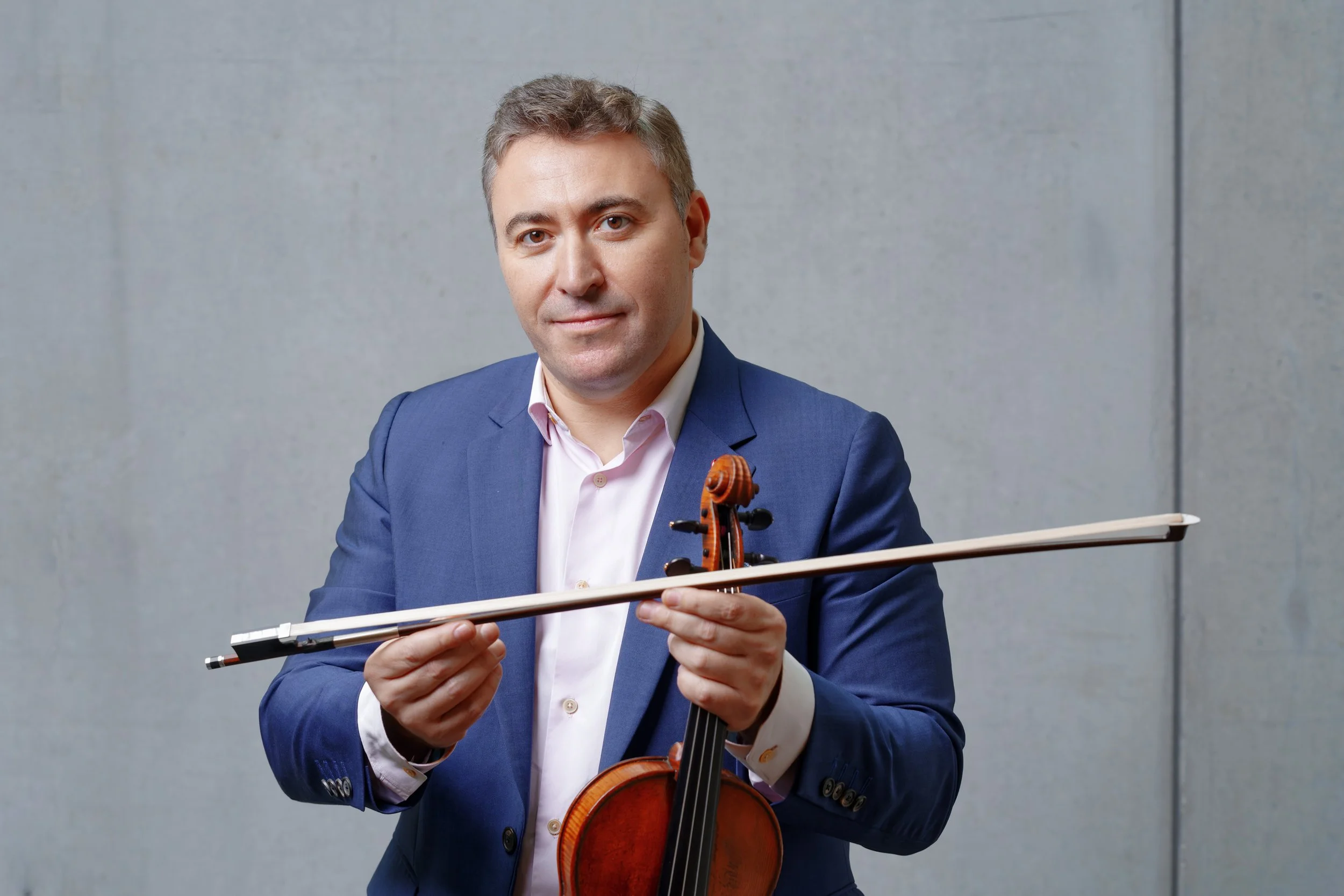
Vengerov’s Views
8 part exclusive educational teaching series
Part 5
Bowing basics
Photo © Christian Schneider
Introduction
If we compare string playing to singing, then our bow is like a singer’s lungs. However, the bow is a manmade object, with certain characteristics we need to work around. By understanding these, we can avoid being restricted by them, and even use them to our advantage. To help build a musical phrase, careful consideration of how to use the bow, and why, is essential - just as a singer decides how to control their breath and where to breathe.
Capturing all the subtleties to this art would need an entire book, and it requires many years of study to fully master. However, there are some fundamental principles to keep in mind. In this post, I will share with you a few ideas on how to approach using the characteristics of the bow to help you play a musical phrase as naturally as a vocalist can sing it.
How can the musical phrase influence the choice of bowing?
“The choice of bowing is mainly a question of musical priorities, and how you can use the bow to serve these.”
The bow is heavier at the frog and lighter at the tip. This means it is most natural to make a decrescendo on a down-bow, and a crescendo on an up-bow. Unless you compensate for the uneven weight distribution across the bow, by using bow speed or pressure, this crescendo/decrescendo is what will happen.
However, the most important guide is the musical phrase, not what the bow wants to do. So it is a compromise between what you would like to express in the music, and how you can use the bow characteristics to help you achieve this. This is why the choice of bowings is very important.
As an example: starting down-bow at the frog, the weight of the bow will provoke you to suggest an emphasis (e.g. an accent, downbeat or a new beginning). You can use this to your advantage by choosing bowings so you arrive on a down-bow at the climax of a phrase, or when there is an accent. The weight will help you create the emphasis with minimal additional effort.
Conversely, this weight can work against you, for example if you start a crescendo on a down-bow - this will provoke you to make a decrescendo as you go towards the lighter tip of the bow, or you must work twice as hard to compensate and make the crescendo.
By carefully considering the musical priorities, and choosing bowings to help you achieve these, you can work with the characteristics of the bow instead of against them, and save yourself a lot of additional effort.
How can bow distribution also help?
Besides choosing where to play up- or down-bow, bow distribution is also very important: how much bow you use and which part of the bow. Thinking about this carefully and making wise choices can help you bring out many subtleties in the music.
Following on from the same example above: if you would like to avoid the emphasis which can happen starting down-bow at the frog, but it is not possible to choose bowings to play up-bow instead, you could instead start in the middle of the bow, and use less bow.
“Bow distribution is key to successful phrasing.”
As another example: you can also use bow distribution to help you build a crescendo. Rather than giving everything away at the beginning by using too much bow, you can instead gradually increase the amount and speed of the bow, to build the intensity.
To help keep the music as your most important guide, I recommend to put the violin aside when you first learn a piece, and to study the score - decide how you feel about it, where the phrasing leads, where the climaxes are, and so on. Then, based on this, you can choose bowings which will help you achieve these musical ideas. This approach will ensure you think beyond any limitations of the bow, and develop your technique.
What about bow changes?
When you change bow from up to down or vice versa, there is a risk of losing the sound during the change. If we think about how we speak, we do not speak word by word - Otherwise It Would Sound A Bit Like This With An Accent On Every Word, and it would be hard to follow. The equivalent when we play is the break in the sound or small accent which can happen during a bow change. This presents the same danger of playing note by note, losing the connection between them, which makes it hard to build a musical phrase or convey the sense behind it.
“Smooth bow changes are essential to build a longer phrase.”
Generally speaking, you should connect the bow as legato as possible, so you do not hear the change from one note to the next. The key to this is to maintain the same speed of the bow. Avoid “flicking” or an accelerated bow speed just before a bow change - everything must stay under your control. Use the fingers in your right hand, especially the pinky finger for bow changes at the frog. I will address this topic in further detail in Part 6 of this series.
To conclude
When you play violin, or any instrument, always try to connect all notes, from one to the next - think ahead, and think in the direction of the phrase. The music lies in between the notes, and the connection between them. It is this continuous connection which sustains a longer phrase or musical idea.
I hope these recommendations for how to approach using the characteristics of the bow to your advantage will help you create phrasing as naturally and expressively as a singer can. Understanding and controlling these nuances will add to your playing many more musical possibilities. Always think about where in the bow you play, and why.
Watch the full teaching video below, where I explain in further detail and demonstrate the concepts introduced in this article:
In this new educational series “Vengerov’s Views”, I cover key topics which come up frequently in my masterclasses, chosen to mirror the journey of learning. It all starts and ends with the source, the music, and understanding and telling the story behind it. And then along the way, as performers we must overcome some technical challenges to be able to bring our musical ideas to life.
By complementing the written articles with videos of examples selected from my masterclasses and performances, I hope to illustrate the concepts further and overcome the limitations of writing about music, and to create a useful educational resource. It has been an interesting challenge to document in writing for the first time some thoughts about my approach to music and playing the violin - let me know what you think!
This series was curated and co-written by Anna Gould, and released in partnership with The Violin Channel.

